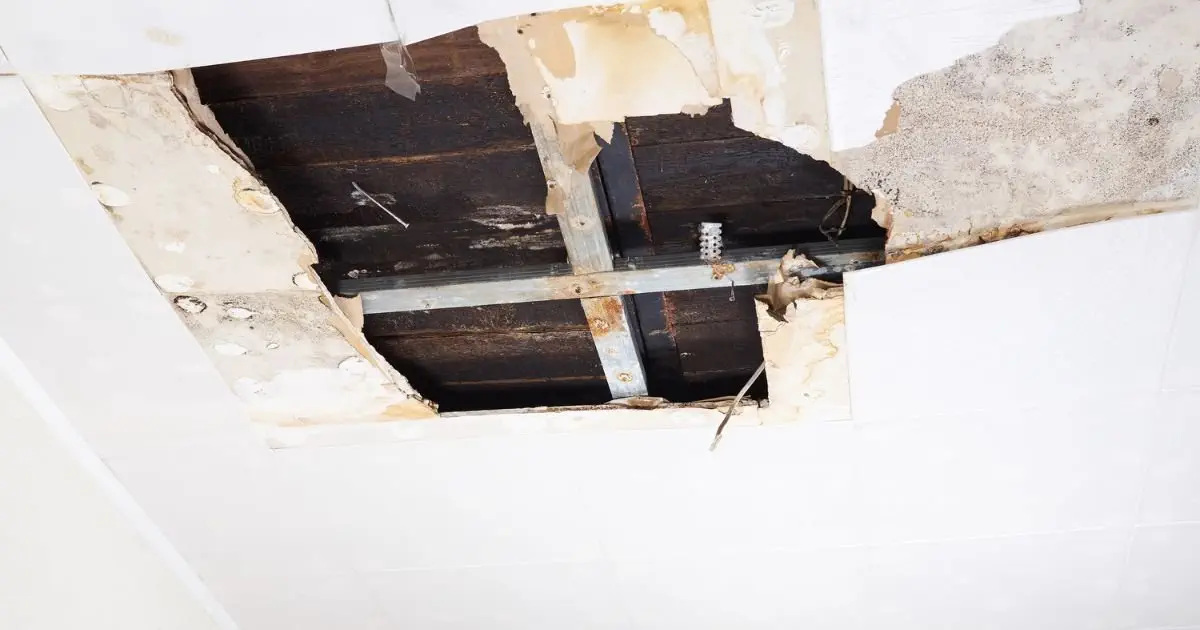Introduction
Mould presents a growing concern for property owners across New South Wales, frequently appearing in buildings and creating difficulties. Beyond damaging the building’s structure, it impacts personal health and finances. Understanding how to manage these mould situations is becoming necessary for property owners seeking to maintain a safe living space and protect their investment.
This article examines the options available to lot owners facing mould problems, clarifies responsibilities, and outlines how financial losses related to the issue can be recovered. Drawing upon another successful case for PBL Law Group in the Supreme Court of New South Wales, Byrne v Strata Plan [2021] NSWSC 342, we will look into the legal considerations involved in addressing mould within strata properties.
Background to the case
In the case of Byrne v Strata Plan [2021] NSWSC 342, our client, Robert John Byrne, sought compensation for water damage, mould, and related illnesses. This claim arose due to the Owners Corporation’s failure to fulfil its obligations to undertake building works to remediate mould, fungal spores, bacteria and the like.
Specifically, the Owners Corporation had:
- Agreed to mould remediation under their obligation to maintain the common property
- Failed to carry out any remediation works since settlement—a period of three years before our client engaged PBL Law Group’s legal assistance
The Court ruled in favour of our client, highlighting:
- Compensation for lost rental income: Our client could have earned rental income but for the water damage and mould problems
- Responsibility under the Settlement Deed: Owners Corporation must address all mould-related issues
Get legal advice you can rely on.
Contact us today.
Who is Responsible for mould issues and rectification in apartments in NSW?
When it comes to mould issues in apartments, understanding who is responsible and liable is crucial for addressing the problem and seeking appropriate remedies.
1. Owners Corporation and Common Property
Lot owners residing in strata properties rely on strata committees of Owners Corporations to maintain and manage the common property. When mould issues arise due to common property failures—such as inadequate membranes or poor ventilation—the Owners Corporation may be held responsible.
Common property refers to areas shared by all lot owners, including:
- Hallways
- Stairwells
- Roofs
- Exterior walls
However, mould originating from these shared areas may affect an adjacent strata apartment. In such instances, lot owners may be able to claim compensation and remediation costs from the Owners Corporation for damage that spread into their own unit.
Therefore, it is essential for lot owners to promptly notify their Owners Corporation whenever they observe mould in common areas. Timely reporting ensures that:
- Airborne mould and mould spores are prevented from spreading
- Necessary remedial actions are taken
2. Lifestyle and Ventilation
Mould problems can also be attributed to lifestyle factors unrelated to common property maintenance. For instance, excessive moisture and condensation from activities like cooking, showering, or drying clothes indoors can contribute to mould growth in carpets and ceilings. Additionally, inadequate ventilation—often resulting from restrictive building requirements aimed at energy efficiency—can exacerbate these issues.
Determining liability for mould issues related to lifestyle and ventilation factors can be complex, as it requires evaluating the specific circumstances and potential contributions from multiple parties.
Expert assessment is crucial in determining liability. Specialists analyse factors such as:
- Impact of occupant activities (e.g., cooking, showering, indoor clothes drying) on moisture levels
- Effectiveness of ventilation systems and overall airflow
- Apartment layout and its influence on moisture retention
- Correlation between specific activities and the location or severity of mould development
Their expertise allows for a comprehensive understanding of the situation and aids in identifying all parties—occupants, Owners Corporations, or even builders—who may share responsibility for the mould problem.
3. Builder and Developer Liability
Builders and developers can be held liable for water ingress and subsequent mould issues arising from design or construction defects.
Under statutory warranties of the Home Building Act 1989 (NSW), homeowners are protected by consumer-protection measures that impose obligations on builders, including:
- Delivering work of good quality
- Utilising high-quality materials
- Completing projects within agreed timeframes
- Adhering to approved plans and specifications
These warranties serve as a legal recourse when construction defects lead to mould problems. Therefore, homeowners should:
- Seek legal advice to determine the most appropriate course of action for compensation
- Familiarise themselves with their rights under these warranties
What Financial Recovery am I entitled to for mould-related issues?
Loss of Rental Income
Lot owners who suffer a loss of rental income due to mould-related issues—caused by the Owners Corporation’s breach of its repair and maintenance obligations—may have grounds to seek compensation for lost rental income.
When calculating lost rent, the Court:
- Start date: The date an expert appointed by the Owners Corporation confirmed that required remediation work had not been carried out under the settlement deed
- End date: The date on which the mould problem was adequately resolved
To support a claim for lost rental income, it is essential to gather evidence of the property’s rental value during this period, such as:
- Rental agreements
- Market research
- Expert opinions
Additionally, any accrued interest on unpaid rent may be included in the compensation—this was the case for our client.
Property Damage and Expenses:
Lot owners are entitled to claim compensation for:
- Damages to fixtures, fittings, and personal property caused by mould originating in common property
- Structural elements or belongings adversely affected by mould growth
To substantiate these claims, lot owners should:
- Document the damage thoroughly (e.g., photographs or videos)
- Gather relevant receipts or invoices for repairs or replacements
Furthermore, expenses related to remediation efforts may also be claimed, such as:
- Professional cleaning services
- Mould testing
- Necessary repairs
Each claim and expense must be supported by detailed invoices and receipts to strengthen the compensation application.
Speak to a Lawyer Today.
We respond within 24 hours.
Preventing and Addressing Mould Issues in your Strata Apartment
To mitigate the risks associated with mould in strata properties, the following steps are recommended:
1. Prompt Reporting
It is crucial to report any signs of mould or water damage to the Owners Corporation as soon as they are noticed—especially when these issues stem from common property failures.
Prompt reporting ensures:
- Timely action to minimise health risks and prevent further damage
- A clear timeline of events, which may be important in legal proceedings
Lot owners should also:
- Document the damage with photographs and written descriptions
- Submit this evidence when reporting the issue
By acting promptly, lot owners enable the Owners Corporation to fulfil its obligations and implement appropriate remedial measures.
2. Remedial Measures
Taking immediate action to address the mould problem is crucial for preventing further damage and mitigating health risks.
Once the cause of the mould growth has been identified—such as a building or plumbing defect—lot owners should:
- Engage qualified professionals to rectify the underlying issue
- Carry out necessary repairs or replacements
- Implement proper ventilation and moisture-control measures
Furthermore, lot owners must collaborate with the Owners Corporation and engage reputable contractors or specialists experienced in mould remediation. This ensures the issue is addressed effectively and in compliance with industry standards.
Prompt and appropriate remedial measures not only protect occupants’ health but also help prevent escalation of the mould problem and potential legal disputes.
3. Expert Assessments
Obtaining expert reports from qualified professionals is crucial for:
- Documenting the full extent of the mould problem
- Evaluating associated health risks
These experts will:
- Conduct thorough property assessments, including tests and examinations
- Determine mould type and severity
- Identify underlying causes or contributing factors
Their assessments provide valuable evidence to:
- Support legal claims or discussions with the Owners Corporation
- Establish a clear link between mould issues and occupants’ health and well-being
- Recommend appropriate remediation measures to eliminate mould and prevent recurrence
By engaging reputable experts, lot owners ensure that:
Findings are reliable and can substantiate compensation or resolution claims
Assessments are conducted professionally
Conclusion
Mould in strata properties presents significant health risks and potential financial burdens for lot owners. Understanding who is responsible, documenting the issue, and acting promptly are essential steps in managing the situation effectively and seeking appropriate compensation.
If you are dealing with mould problems in your strata property and need guidance on your rights and options, contact PBL Law Group. Our experienced NSW strata lawyers can assess your situation and provide tailored legal advice to help you navigate the complexities and pursue necessary remedies.
![]()






